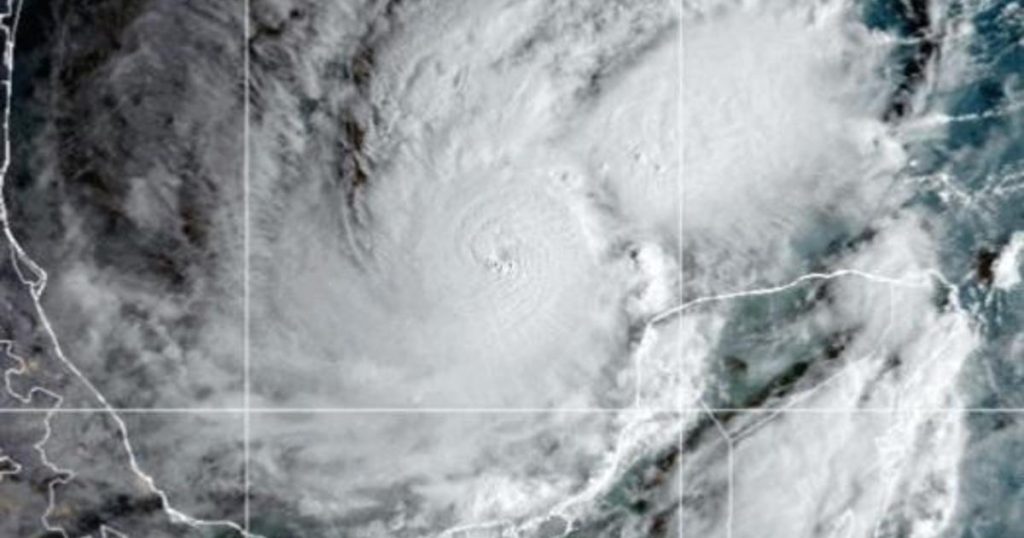The Atlantic hurricane season typically runs from June 1 to Nov. 30, with an average of seven hurricanes and three major hurricanes occurring in the basin each year. Major hurricanes are classified as Category 3 or higher on the Saffir-Simpson Hurricane Wind Scale, which categorizes storms based on their sustained wind speeds and estimates potential damage, with Category 5 storms having sustained wind speeds of 157 mph or higher. There have been an estimated 42 Category 5 hurricanes in the Atlantic Basin since 1924, with Hurricane Milton being the most recent one with wind speeds reaching 175 mph.
Some recorded Category 5 hurricanes reached that intensity multiple times during their lifecycle, with hurricanes like Allen in 1980, Isabel in 2003, and Ivan in 2004 each becoming Category 5 storms three separate times. The November 1932 Cuba hurricane and Hurricane Irma in 2007 spent the longest combined time at Category 5 strength at 78 and 77 hours, respectively. While multiple hurricanes that made landfall in the U.S. peaked at Category 5, only four storms on record have actually made landfall at that intensity. The 1935 Labor Day Hurricane caused the deaths of 408 people in Florida, mainly World War I veterans, and resulted in an estimated $6 million in damages.
Hurricane Camille, which struck Mississippi in 1969, produced a peak storm surge of 24 feet and caused an estimated $1.42 billion in damages, killing over 259 people. Hurricane Andrew hit southern Florida in 1992 as a Category 5 storm, causing $30 billion in damages and over 40 deaths. Hurricane Michael made landfall in Mexico Beach, Florida, in 2018 as a Category 5 storm with peak winds of 160 mph, making it the strongest storm on record to hit the Florida Panhandle. The cyclone caused at least 74 deaths and an estimated $25.1 billion in damages.
A historic Category 5 storm, the Labor Day Hurricane of 1935 caused the deaths of 408 people in Florida, mainly World War I veterans working in the Florida Keys. Hurricane Camille struck Mississippi in 1969, producing a peak storm surge of 24 feet and causing over $1.4 billion in damages. Hurricane Andrew hit southern Florida in 1992 as a Category 5 storm, resulting in $30 billion in damages and over 40 deaths. Hurricane Michael made landfall in Mexico Beach, Florida, in 2018 as a Category 5 storm, causing at least 74 deaths and an estimated $25.1 billion in damages.
The Atlantic Basin has seen an estimated 42 Category 5 storms since 1924, with Hurricane Milton being the most recent one with wind speeds reaching up to 175 mph. Some hurricanes have reached Category 5 intensity multiple times during their lifetime, with storms like Allen in 1980, Isabel in 2003, and Ivan in 2004 achieving that intensity three separate times. Only four hurricanes on record have made landfall in the U.S. as Category 5 storms, with the 1935 Labor Day Hurricane being the most intense storm ever to hit the country. Hurricane Andrew in 1992, Hurricane Camille in 1969, and Hurricane Michael in 2018 were also devastating Category 5 storms that caused significant damage and loss of life.


